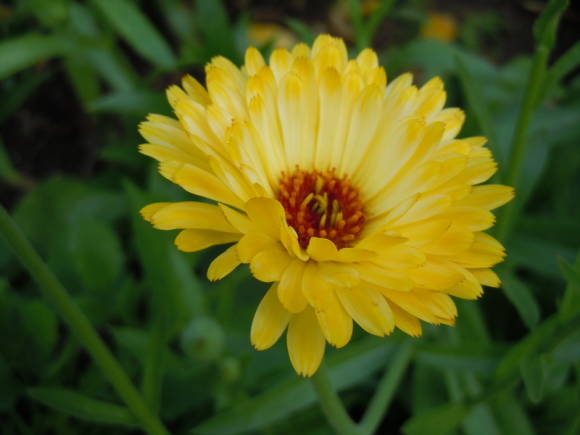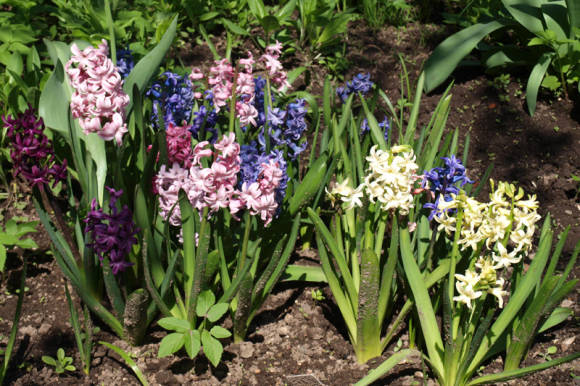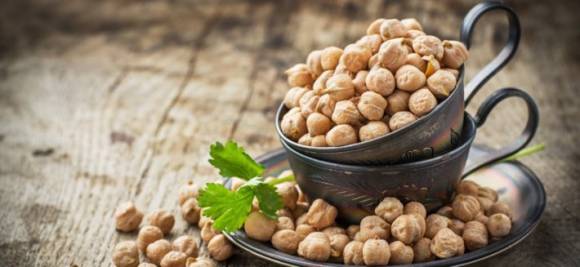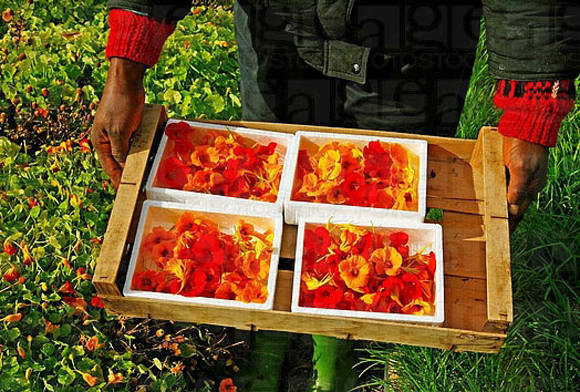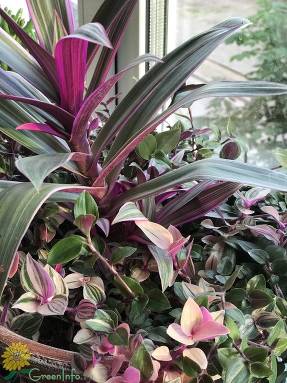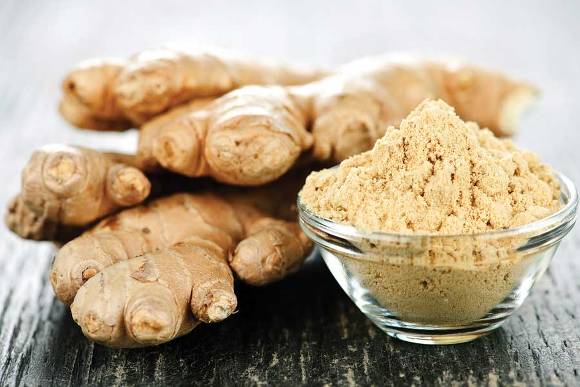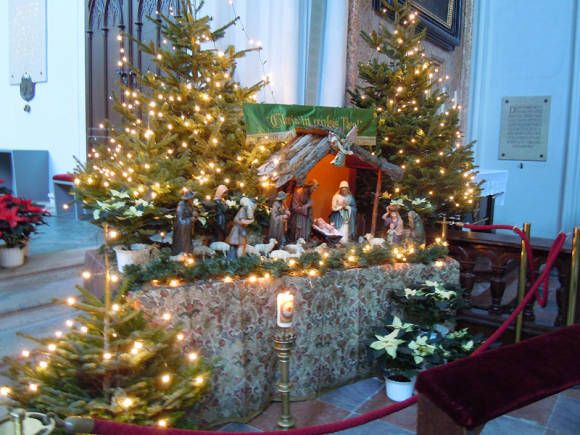 As soon as you walk into a seed store, your eye is bound to stop at a variety of pansy bags. There are so many: red, and almost black, and bright yellow, and large-flowered, and ampelous. Eyes run wide. And for most of us, the violet will definitely be associated with pansies.
As soon as you walk into a seed store, your eye is bound to stop at a variety of pansy bags. There are so many: red, and almost black, and bright yellow, and large-flowered, and ampelous. Eyes run wide. And for most of us, the violet will definitely be associated with pansies.
In fact, pansies are just one hybrid species, the correct name for which is Violet Vitrokka. (Viola x wittrockiana). Usually bred as a biennial, but in fact the plant is perennial. There are many other species, many of which are cultivated. An amateur can collect a whole collection of various violets. Wild species or species-like varieties of various plants are becoming more and more fashionable and are increasingly seen at various exhibitions. It is precisely the wild species that this article will be devoted to.
Altai violet(Viola altaica). A mountain plant up to 20 cm high. The flowers are blue-violet with a yellow eye or light yellow with blue ray-like strokes (it turns out that Claude Monet's favorite color combination is blue and yellow). Blooms profusely in May. The diameter of the flower is about 5 cm.
Marsh violet(Viola palustris). This perennial baby (5 to 12 cm high) lives in peat bogs in Europe and Asia and, unlike most other violets, loves acidic soil. Its leaves form a rosette, from the center of which a peduncle rises, bearing pink-purple, odorless, small (up to 2 cm in diameter) flowers. Bloom from April to late June. It is good to plant it near water bodies.
 |  |
Viola altaica | Viola palustris |
Violet two-flowered(Viola biflora). This mountain perennial loves moist, acidic soil in the shade. Her leaves are cordate on long petioles. Peduncles reach a height of 20 cm, bear 2-3 dark yellow drooping flowers (diameter 1.5-2 cm) with red strokes on the lower petals. Blooms from May to August.
Fragrant violet (Viola odorata). Perennial up to 15 cm high. Has creeping, rooting shoots. Since in nature it is an inhabitant of the underbrush, it prefers partial shade. A good ground cover, quite confidently fighting weeds. The flowers are small (2 cm in diameter), purple or blue with a pleasant aroma. Blooms in the second year. It blooms twice. The first is April-May, the second is August-November. Shelter does not require.
Violet yellow(Viola lutea). Grows in the mountains. Perennial within 20 cm in height. Flowers up to 3 cm in diameter, bicolor. The lower 3 petals are deep yellow with brown strokes, and the upper two are light yellow. Blossoming May-July. It is completely unpretentious and does not require any maintenance if dolomite flour or lime gravel is added to the soil during planting.
 |  |
Viola biflora | Viola lutea |
Violet graceful(Viola elegantula). This is also a "mountain woman" from the Pyrenees. The length of the stems is about 20 cm, but according to the botanical classification, they are ascending, that is, they are located horizontally, and only the ends of the shoots are directed vertically. Therefore, the total height of the bush is about 10 cm. Flowers with a diameter of 4 cm, blue-purple. Blooms from May to late autumn.
Violet nodule, or moth(Viola withucullata). This perennial loves humid places and can be planted near bodies of water. She has large kidney-shaped leaves that form a rosette, and the peduncle is about 20 cm high, leafless. The flowers are small, about 2 cm in diameter, violet-blue, fragrant.
Violet labrador(Viola labradorica). Inhabitant of the tundra and the alpine zone of the mountains of Canada. Perennial with creeping shoots with a total height of about 8 cm. Flowers are dark purple. Blossoming in May-June. There are many varieties with different flower colors.
 |  |
Viola сucullata | Viola labradorica |
Pubescent violet(Viola hirta). Perennial 10-15 cm high. Inhabitant of meadows and light forests. The flowers are small, up to 1.5 cm in diameter, dark purple, odorless. Interesting for its pubescence. Blooms in April-May. Loves calcareous soils.
Field violet(Viola arvensis)... The weed of our gardens, fields and wastelands. Unlike other described species, it is an annual. Plant height within 20 cm.The flowers are creamy white with a yellow center, 1.5 cm in diameter.Bloom from May to October. It actively reproduces by self-seeding. Looks nice for group plantings. Easily forms hybrids with tricolor violet.
 |  |
Viola hirta | Viola arvensis |
Violet Reichenbach, or forest(Viola reichenbachiana, Viola sylvestris). Perennial from the forests of Europe and the Caucasus. Height up to 35 cm. Compact bush, wintering leaves. Flowers up to 5 cm in diameter, blue-violet. Blooming in May. It propagates only by seed, giving abundant self-seeding. Prefers shady places with well-drained limestone soil.
Violet of Rivinus(Viola riviniana). A perennial from the forests of Europe up to 15 cm high. The flowers are small, up to 1.5 cm in diameter, bluish-purple, with a spur, like a horned violet. Blooms in April-May, prefers partial shade.
 |  |
Viola reichenbachiana | Viola riviniana |
Dog violet (Viola canina). The most common violet in the European part of Russia. Lives both in meadows and glades, and in the undergrowth. The height of this perennial is about 10 cm. The flowers are blue with distinct venation, up to 2.5 cm in diameter. Flowering from April to mid-June.
Horned violet (Viola cornuta). Inhabitant of the highlands of France and Spain. Forms perennial dense carpets up to 25 cm high. It can be used as a ground cover plant. Flowers up to 3 cm in diameter, blue-violet, the petals bear a characteristic spur. Blooms from May until frost. Very unpretentious. It can grow both in the shade and in the sun, on any soil, as long as there is no stagnation of water. In order for the carpet to remain dense, the bush must be divided every 3-4 years, otherwise the middle of the carpet will go bald.
Violet stop(Viola pedata). It is a field dweller. Plant height up to 20 cm. Flowers are small, up to 2 cm in diameter, bicolor. The upper petals are dark purple, the lower ones are lilac-purple. Long bloom, from May to August.
Violet tricolor (Viola tricolor). We often weed out this beauty like a malicious weed. Indeed, she has no place in the garden, but in the flower garden she is very pretty. Its height is up to 30 cm, and the flowers resemble small pansies. The diameter of the flower rarely reaches 5 cm, usually 3. The two upper petals are pink-purple, the 3 lower ones are yellow, slightly tinged with purple and bearing dark strokes. Flowering from April to frost.
Violet amazing(Viola mirabilis). This perennial is widespread in the forests of Europe. Has two types of leaves: thick, large, heart-shaped - rosette; small, ovoid - located on peduncles. Flowers are also of two types. Pale purple flowers up to 2 cm in diameter, devoid of the reproductive apparatus, sit on long pedicels. On short pedicels, small, 0.4 cm in diameter, pale, non-opening flowers that form seeds sit. Blossoming in April-June.
 |  |
Viola pedata | Viola mirabilis |
Violets can be used in a variety of ways: curbs, hanging baskets, balcony boxes, containers. They look very interesting in rock gardens, creating a violet corner - violarium. The main thing is to choose species and varieties so that flowering is continuous.
Dmitry Sumarokov, candidate of biological sciences

